Free Forest School: The benefits of Free Play in Nature
Written by Kat Pacheco. Please also take the time to listen to our podcast series. XXY Mom Squad with Kat Pacheco is available here.
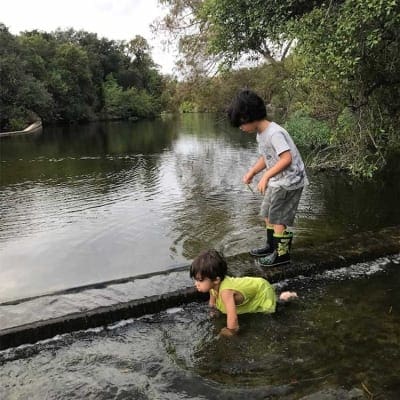 Today I took the boys to the Forest for another day of play. It was a gorgeous spring day in Central Texas, and the freshwater was finally flowing in the creek after some recent storms. As I watched my two boys (Landon, 7.5 years old and Leo, 4 years old and 47, XXY) totally immersed in their “work” building a dam so they could have a deeper spot to swim, I began thinking over our journey and our introduction to Free Forest School. Free Forest School is an international organization where children and caregivers meet in nature with no toys for unstructured and child-led play. I thought about the days of connection with my children, others and nature, the good days, the hard days (there were a few), and the literal pitfalls. But what always keeps us going back are the moments and days of PURE magic spent in the Forest, and all the benefits we reap from our time in nature.
Today I took the boys to the Forest for another day of play. It was a gorgeous spring day in Central Texas, and the freshwater was finally flowing in the creek after some recent storms. As I watched my two boys (Landon, 7.5 years old and Leo, 4 years old and 47, XXY) totally immersed in their “work” building a dam so they could have a deeper spot to swim, I began thinking over our journey and our introduction to Free Forest School. Free Forest School is an international organization where children and caregivers meet in nature with no toys for unstructured and child-led play. I thought about the days of connection with my children, others and nature, the good days, the hard days (there were a few), and the literal pitfalls. But what always keeps us going back are the moments and days of PURE magic spent in the Forest, and all the benefits we reap from our time in nature.
It’s hard to say exactly what led me to make nature a core value in our family. Maybe it was Leo’s incredibly active older brother that never let me sleep a wink, and the only way I survived was to leave the house with him to get outside. Maybe it was my upbringing in the 80s in a small Midwest town where I was able to run wild and free. Maybe it was all by chance when I came across a friend that shared with me about Free Forest School. Whatever the reason, I can say without a shadow of a doubt that it has been the single greatest gift to our family with far-reaching benefits; benefits that I never could have possibly imagined.
Little did I realize at the time, but our first day at Free Forest School taught us one of the most important lessons – perseverance. You see, our first day at Forest School was a TOTAL and utter disaster. The short story is, a long drive turned into an even longer drive due to traffic from a golf tournament, so we were super late. When we finally got there, I was annoyed and didn’t know anyone. After a while, we began to finally settle in during circle time for a story and snack. But Leo (2 months at the time) was not having it. We had been having trouble with nursing, and supply issues and he was clearly hungry and upset. I frantically picked us up, hoped that I could find our way back, and set out for the car with a screaming 2-month-old and a very sad 3-year-old. To top it all off, Landon’s face planted it in a cold water-filled hole in the limestone creek bed. So there I was with a screaming 2-month-old and now a soaked, SCREAMING 3 year old. Yeah. Not fun. I wasn’t sure we would ever go back.
A few months later, we ran into a friend and I found out she was a facilitator for Free Forest School, and I decided to give it another try. Leo was around 6 months old.
To give a little bit of background, during our participation in an XXY study when Leo was just over 3 years old, Leo was described as one of the most socially 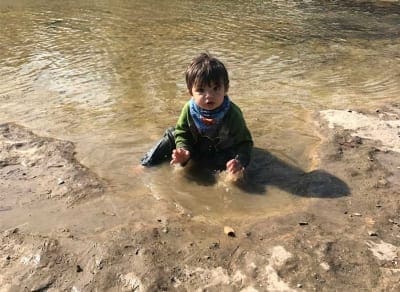 well-adapted XXY children they had seen, and our active lifestyle appears to have had a significant impact on his strength and motor skills. Here’s the thing, he is not in pre-school, and is with his brother and myself every day with regular meetups with mixed aged peers (pre-COVID). He’s never been in PT, nor has he been in organized sports or lessons of any kind. When he had an official assessment from an XXY Specialist around 2 years of age, it was noted that he had low muscle tone in his core and upper body, as well as extremely flat feet. We did have an assessment done by a physical therapist and we needed to get him inserts for his shoes to create proper alignment to engage his core. However, all the other exercises she suggested, I realized he got so much of that and more from free play in nature. It was never recommended for him to receive regular physical therapy.
well-adapted XXY children they had seen, and our active lifestyle appears to have had a significant impact on his strength and motor skills. Here’s the thing, he is not in pre-school, and is with his brother and myself every day with regular meetups with mixed aged peers (pre-COVID). He’s never been in PT, nor has he been in organized sports or lessons of any kind. When he had an official assessment from an XXY Specialist around 2 years of age, it was noted that he had low muscle tone in his core and upper body, as well as extremely flat feet. We did have an assessment done by a physical therapist and we needed to get him inserts for his shoes to create proper alignment to engage his core. However, all the other exercises she suggested, I realized he got so much of that and more from free play in nature. It was never recommended for him to receive regular physical therapy.
Without a doubt, I attribute a great deal of Leo’s success to endless hours of unstructured play in nature with his brother and peers. No toys, only the treasures of nature and their endless imaginations. You might be asking, how on earth does unstructured play in nature amount to anything?? Research shows nature play benefits a child’s OVERALL health, supporting social-emotional, physical, and cognitive development and wellness. We could say that there are cards stacked against our boys. When I read the research, I realized all the significant benefits our time in nature has had.
When I reflect on the early days of Free Forest School when Leo was itty bitty, I see now what a rich sensory experience that was for him. The sounds of the water rushing over rocks, the chirps of the birds, the wind in his hair, the cool water on his toes, and the rocks and dirt in his hands. When he figured out how to crawl around 8 months, there was no stopping him. I would literally let him crawl down the dirt trails. If he was anywhere near water, he would go for it, splashing his hands, throwing rocks, sitting in shallow water, and grinning from ear to ear. In those very early days before he was even a year old, he was learning about where his body was in space, increasing strength by crawling over different terrain, stimulating his senses in a way that only nature can, learning from children of all ages, and most importantly gaining confidence in himself and his abilities.
As Leo has grown, so have the benefits of his time in nature. It continues to help him with building strength. Sometimes that looks like hanging from a tree limb, climbing up a sand wall, or simply hiking for a longer period of time increasing his endurance.
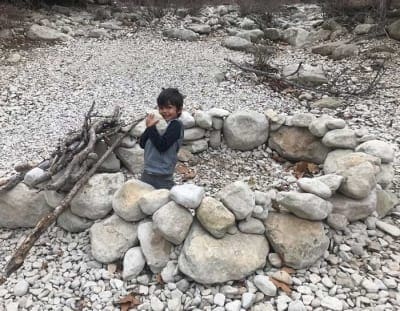 Today in Free Forest School, he was floating down a faster-moving part of the creek, getting out and running back to the start to do it all over. Sometimes trying to walk back upstream against the fast-moving water. I was even getting a workout! The best part is, he was getting exercise, building strength, AND having the time of his life! I wish I could have bottled up their giggles from today.
Today in Free Forest School, he was floating down a faster-moving part of the creek, getting out and running back to the start to do it all over. Sometimes trying to walk back upstream against the fast-moving water. I was even getting a workout! The best part is, he was getting exercise, building strength, AND having the time of his life! I wish I could have bottled up their giggles from today.
At that moment, there was also an example of his practicing risk assessment, problem-solving, and employing executive functioning skills. Is the water safe? Is it too deep for me? Will I be safe? Will Mom keep me safe? Where should I get out to do this again? The more opportunities he has like this, the more skilled and confident I see him become in trying new things and making his own choices.
The times that we are able to be with our friends, provides an additional level of social-emotional development for him. He learns to collaborate with mixed aged friends on building a dam or structure or playing an imaginary game. The mixed-age play has many significant benefits. When speaking to another XXY mom recently that participates in a forest school, she said of her 7-year-old, “ He learns from the older kids, helps the younger ones, and plays with kids at various developmental levels. I think playing with others in nature leads to cooperation and creativity rather than competition; and this too has developed his social-emotional development.” I could not have said it better.
The greatest benefit I see in both my children and myself is that we are all more balanced and leveled when we are out in nature and after we get home. It always makes us feel better if we are having a hard week, and we leave with smiles on our faces and our hearts full.
We live in a time where we are conditioned to believe more is better for our kids. More sports, more structured activities, more school prep type learning at younger and younger ages, high usage of screens, their time needs to be full, etc. I find myself asking, is this better for my children? Add in the diagnosis, and it feels to be even more pressure to keep them at the same level as their peers and push them even harder. It is a delicate line to walk of encouraging them, supporting them, allowing them to develop as they are ready, and trusting the process.
Nature is a place where we are ALL free to be ourselves. Where we as parents can be free of the burdens of our worries, have a break from the appointments, and just BE with our children, enjoying this fleeting time. Nature is a place they can always come home to, a place where they can find peace, contentment, and joy.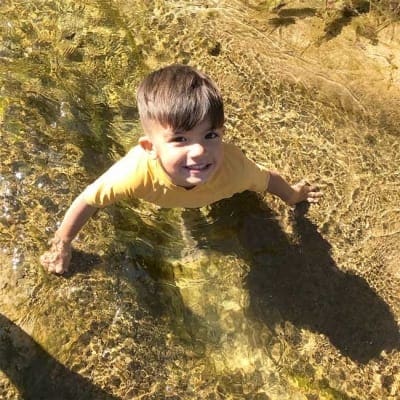
“Time in nature is not leisure time; it’s an essential investment in our children’s health (and also, by the way, in our own.” – Richard Louv, Last Child in the Woods
Resources:
Living with XXY Community Blog
Free Forest School – This is an international organization, and if there is not a chapter in your area, you can start one of your own! www.freeforestschool.org
Last Child in the Woods by Richard Louv
Vitamin N: The Essential Guide to a Nature-Rich Life – This book has excellent nature play ideas.
Living with XXY Pinterest Board – We have created a Pinterest board that includes many suggestions for play in nature.
Tinkergarten – www.tinkergarten.com
*NOTE: I am not in any way suggesting forgoing any necessary or supportive treatments that your child needs or treatment plans you as the parents want to pursue, I am simply advocating for a time in nature and free play as part of that “treatment plan.”
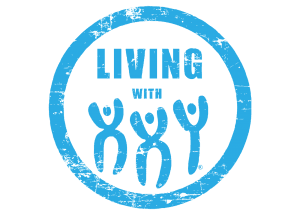


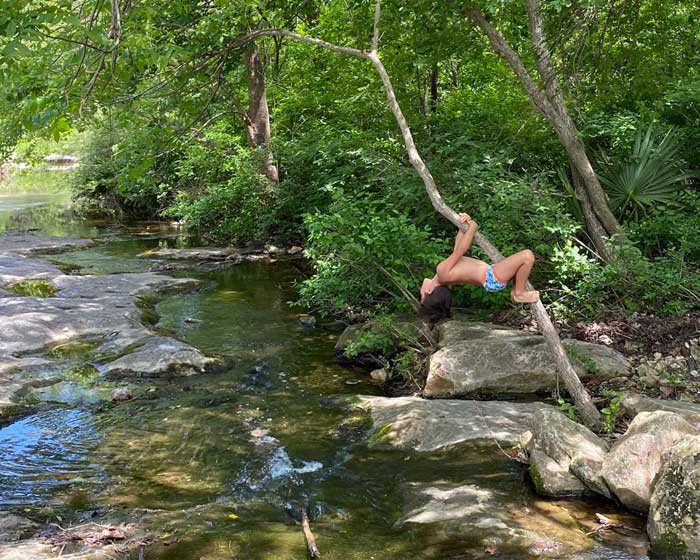
Leave A Comment